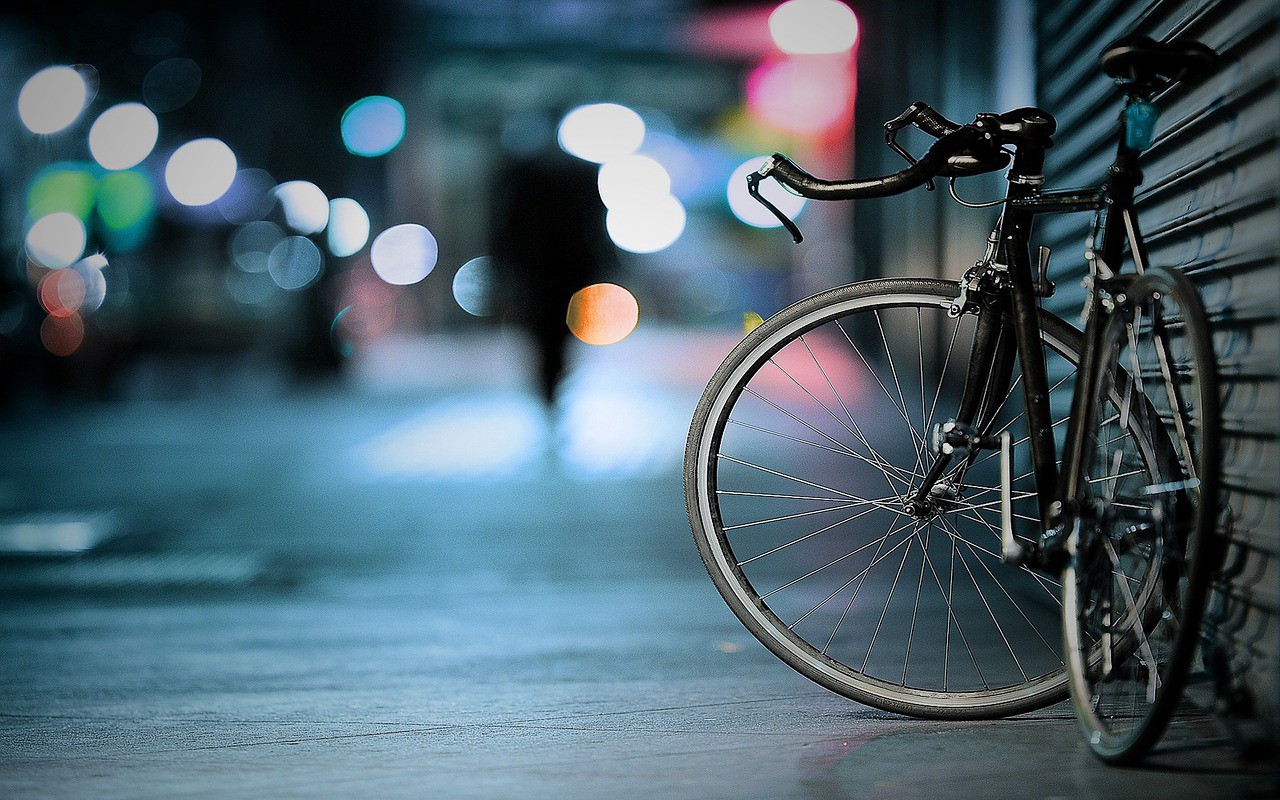I’m as convinced as I can be that cycling makes me happier. On the occasional days I take the train to work, I generally arrive much as I left home — slightly fuzzy- headed and not yet fully engaged with the day. When I cycle, I get to the office not just physically invigorated but more cheery, with a greater sense of mental balance and well-being.
In part this is just the magical effect of exercise. The mood-lifting role of endorphins, released by physical exertion, is very well-known these days, and a fairly central element of many treatments for depression. With cycling, there is something else. It’s the personal element. On a bike you’re very clearly a human, and other humans can interact with you. Scientists estimate that people’s ability to make proper eye contact with someone else becomes impossible at speeds beyond about 20 mph, above which few urban cyclists travel. It’s one of the many reasons why motor vehicles tend to be an impersonal, cut-off way to get about. And it helps explain why cycling doesn’t only improve the happiness of the people who do it. It can have a transformative effect on the communities they live in.
Donald Appleyard was an English urban designer who spent his academic life teaching and researching in the Unites States. He is best known for Livable Streets, a 1969 study and later book, which created considerable publicity at the time. At the center of this was an in-depth comparison of three residential streets in San Francisco which were broadly similar but for levels of motor traffic.
One, which saw about two thousand vehicles pass along it a day, was referred to in the book as Light Street. Medium Street saw eight thousand vehicles a day, with sixteen thousand on Heavy Street. Appleyard found that Light Street was viewed by locals as a close-knit community, in which people’s “territory”— the area they saw as their own — encompassed the entire road. People would stand on the sidewalk or on the front steps of homes to chat; children would play.
In contrast, Heavy Street saw very little sense of community, with people mainly using it as a conduit to go from their home to somewhere else. Appleyard found that on average, people living on Light Street had three times more friends and twice as many acquaintances among their neighbors as those on Heavy Street. As the volume of traffic increased, he found, people’s perceived territory shrank.
Appleyard’s opportunity to further his research was cut short: in 1982, the year after the book of his studies was published, he was struck and killed by the driver of a speeding car in Athens, Greece, at age fifty-four.
However, later studies have reinforced the findings. Research from 2008 in Bristol, a city in the west of England, focused on three otherwise similar streets with an even greater variance in traffic, ranging from about 140 vehicles a day to 21,000. Again, the contrasts were stark. People on the lightest-trafficked road reported a sense of community. In contrast, a man living on the busiest street described twenty-one thousand vehicles a day as a “mountain range, cutting you off from the other side of the road.” Those on the quietest road had more than twice as many acquaintances and five times as many friends than did those on the road with the most traffic.
It’s no surprise that homes on car-dominated roads tend to be considerably cheaper to buy or rent than those on more quiet thoroughfares. Again, as we saw in the last chapter, this is the population of car owners disproportionately visiting the social costs of their transport habit onto poorer people. And these costs can be very high. Studies have shown social isolation correlates with poorer mental and physical health. A lack of social support has even been demonstrated to increase the chance of dying prematurely.
Perhaps the world’s leading expert on what makes people happy is Professor John Helliwell, a Canadian academic who coedits the UN’s annual World Happiness Report. He is very clear about one key reason behind contentment: “The single biggest factor is the extent to which people think their neighbors can be trusted. Neighborhoods that work, in the sense of producing trusting neighbors, are ones where they spend a lot of time with each other, thinking about each other and doing things with each other. In places where that’s natural or easier to achieve, it happens more readily.

Excerpted from How Cycling Can Save the World by Peter Walker. © 2017 by Peter Walker. TarcherPerigee, an imprint of Penguin Random House LLC.
Originally published at medium.com


